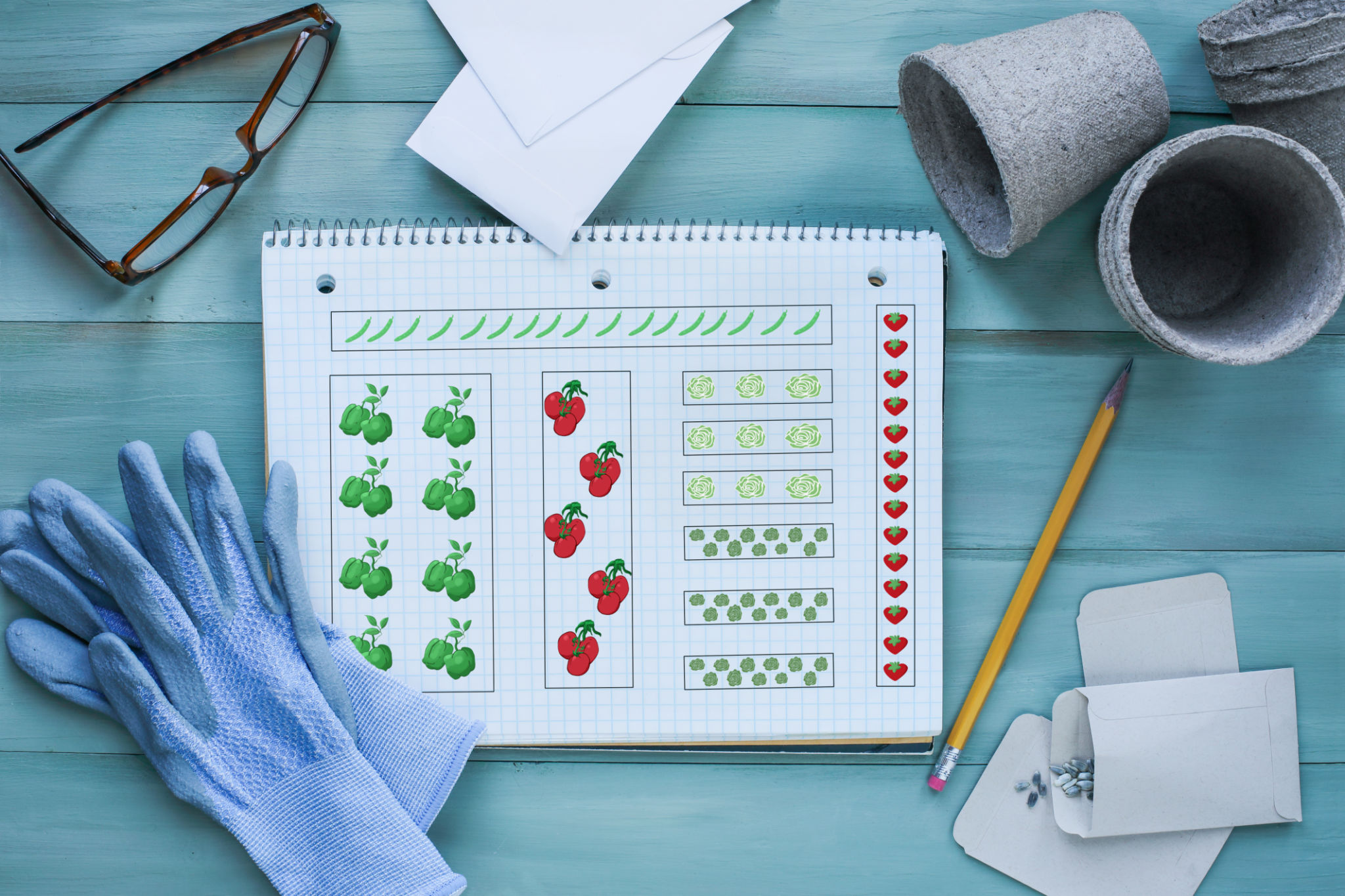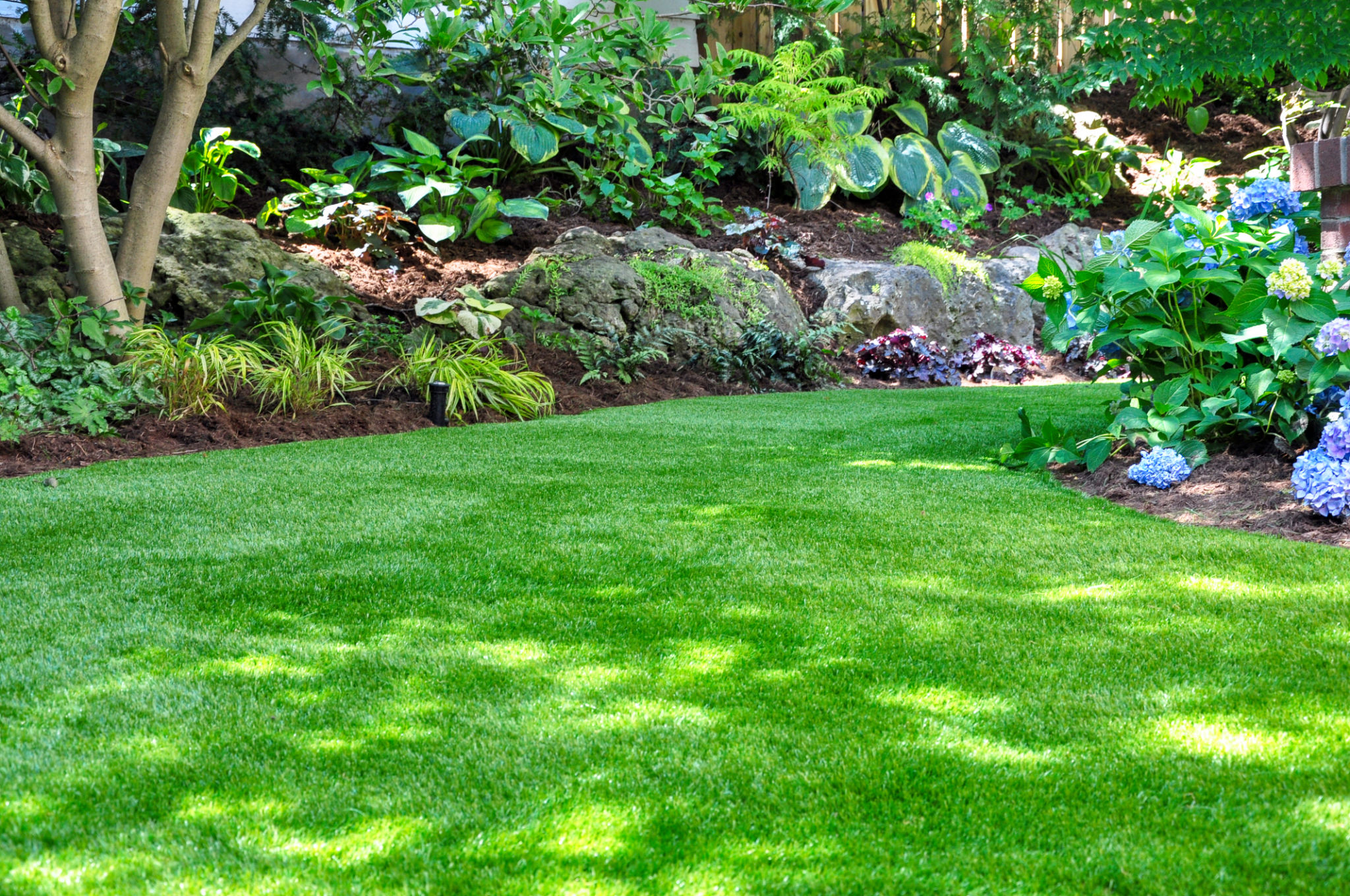Preparing Your Garden for Spring: Seasonal Landscaping Tips
Spring Cleaning for Your Garden
As the frosty grip of winter begins to loosen, it’s the perfect time to start thinking about preparing your garden for the vibrant season of spring. A well-prepared garden not only enhances the beauty of your home but also sets the stage for a bountiful growing season. Here are some essential tips to ensure your garden is ready to bloom.
Start by conducting a thorough cleaning of your garden. Remove any dead plants, leaves, and debris that have accumulated over the winter months. This will prevent pests and diseases from taking hold. Additionally, consider pruning trees and shrubs to encourage healthy growth.

Soil Preparation
The foundation of a thriving garden is healthy soil. Begin by testing your soil's pH level to determine its current state. Most plants prefer a neutral pH, but adjustments may be necessary depending on what you plan to grow. Add organic matter such as compost or well-rotted manure to enrich the soil with essential nutrients.
Once your soil is nourished, consider aerating it to improve drainage and promote root growth. This can be done using a garden fork or mechanical aerator. A well-aerated soil ensures that oxygen and water reach plant roots efficiently.

Planning Your Garden Layout
With the soil ready, it's time to plan your garden layout. Consider the sun and shade patterns in your garden to determine the best location for different plants. Create a rough sketch of your garden, marking areas for vegetables, flowers, and herbs.
When choosing plants, opt for a mix of perennials and annuals to ensure continuous blooms throughout the season. Group plants with similar water and sunlight needs together to simplify maintenance.

Choosing the Right Plants
Selecting plants suitable for your climate is crucial for a successful garden. Consult with local nurseries to find varieties that thrive in your region. Native plants are often a great choice as they are well-adapted to local conditions and require less maintenance.
Incorporate a mix of colors and textures to create visual interest in your garden. Consider companion planting techniques, where certain plants benefit each other when grown together, to maximize yields and control pests naturally.
Watering and Mulching
Proper watering is essential for plant health. Install a drip irrigation system or use soaker hoses to provide consistent moisture while conserving water. Water deeply but infrequently to encourage deep root growth.
Applying mulch around plants helps retain soil moisture, suppress weeds, and regulate soil temperature. Organic mulches like shredded bark or straw are excellent choices that decompose over time, adding nutrients back into the soil.

Regular Maintenance
Once your garden is planted, regular maintenance is key to keeping it healthy and productive. Establish a routine for weeding, pruning, and checking for pests or diseases. Early detection can prevent minor issues from becoming major problems.
Fertilize your plants as needed throughout the growing season. Use organic fertilizers or compost tea to provide a steady supply of nutrients without harming beneficial soil organisms.
Enjoying Your Garden
With everything in place, take time to enjoy the fruits of your labor. A well-maintained garden not only provides beauty but also serves as a relaxing retreat where you can unwind and connect with nature.
Remember, gardening is an ongoing process that requires patience and dedication. With these tips, you'll be well on your way to creating a flourishing garden that thrives throughout the spring and beyond.
